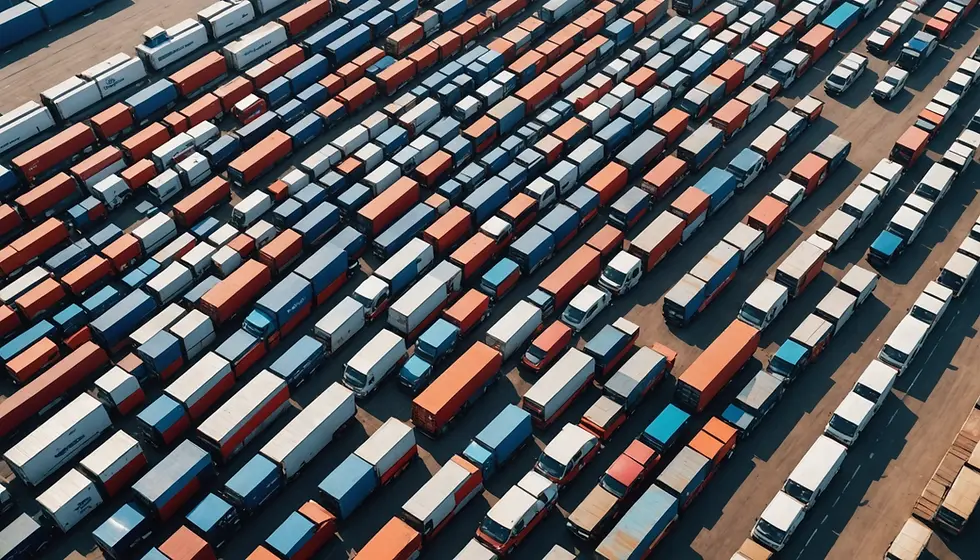The New 25% Tariff Impact on Trucking: What It Means for U.S. Logistics
- Freightstar Expedited LLC
- Oct 8
- 2 min read
The U.S. trucking and logistics industry has entered a new phase of uncertainty following President Trump’s announcement of a 25% Tariff Impact on Trucking medium and heavy duty trucks, effective November 1, 2025. While the move aims to strengthen domestic manufacturing, it has sparked widespread concern among logistics professionals, supply chain planners, and trade analysts.
Industry experts warn that the tariffs could raise costs, disrupt supply chains, and provoke retaliatory measures from trade partners, ultimately reshaping freight markets and inventory strategies across North America.

According to analysts at S&P Global Mobility, truck prices could rise up to 9% as manufacturers and fleets absorb tariff related costs. This increase may ripple through logistics networks, pushing up freight rates and operational expenses.
Many truck manufacturers rely on global supply chains that stretch from Mexico and Canada to Europe and Asia. Components such as engines, transmissions, and electronics are often imported even for trucks assembled in the U.S. As a result, the new tariffs could indirectly impact domestic production as well.
Fleet operators already dealing with high fuel prices and insurance costs may face steeper financing challenges, as higher Tariff Impact on Trucking prices extend replacement cycles and slow capital investment.
Retaliation and Global Trade Tensions

The new tariffs risk reigniting trade tensions between the U.S. and key partners. Early signals from Mexico and the European Union suggest retaliatory tariffs could target U.S.-made auto parts, agricultural products, or industrial equipment.
Such measures could increase costs for exporters and dampen demand for U.S. goods abroad. In the worst-case scenario, this may trigger a tit for tat trade cycle reminiscent of the 2018 – 2019 tariff disputes.
As C.H. Robinson notes in its October Freight Market Update, “Tariff volatility creates unpredictable sourcing costs and disrupts established logistics flows. Companies are being forced to revisit contracts, renegotiate rates, and rethink their supplier base.”
Freight Market Consequences
Tariffs on imported trucks come at a fragile time for the freight industry. Class 8 truck orders have already dropped by more than 10% year over year, according to ACT Research, as fleets cautiously manage costs amid declining freight volumes.
Logistics providers are bracing for capacity tightening, as fleets delay truck replacements to avoid higher costs. The reduced availability of newer trucks could lead to increased maintenance downtime and lower efficiency.
Additionally, the tariff shock is expected to fuel short term volatility in truckload (TL) and less-than-truckload (LTL) markets, as carriers adjust pricing models to reflect new operating costs.
The Road Ahead
The trucking industry sits at the crossroads of policy and commerce. While the administration’s tariff move may offer protection to U.S. manufacturers, it comes at a time when supply chains are still recovering from pandemic era shocks, labor shortages, and energy inflation.
In the coming months, the focus will shift from policy announcements to practical consequences who absorbs the costs, who adapts fastest, and who gets left behind.
As both S&P Global and C.H. Robinson point out, the real test for logistics professionals will be agility: the ability to reconfigure networks, diversify partners, and keep goods flowing even as the rules of trade shift beneath them.









Comments